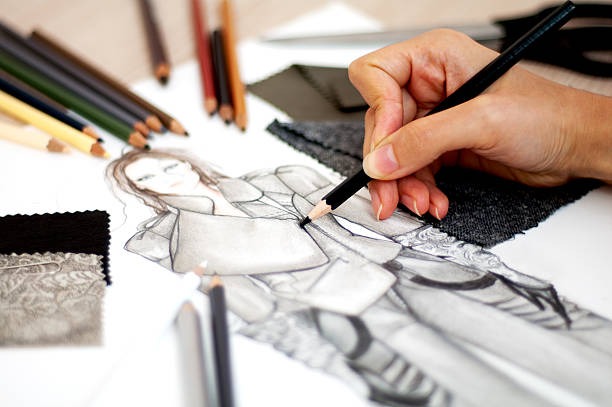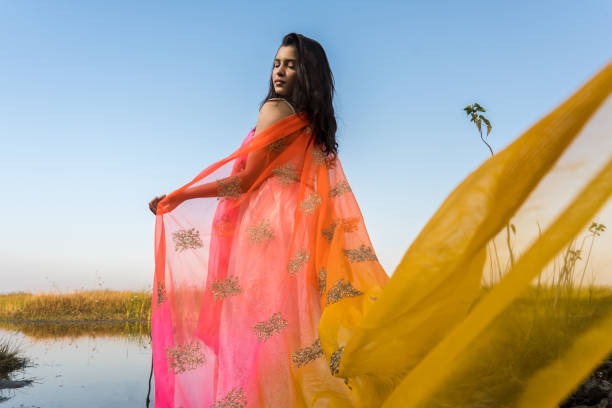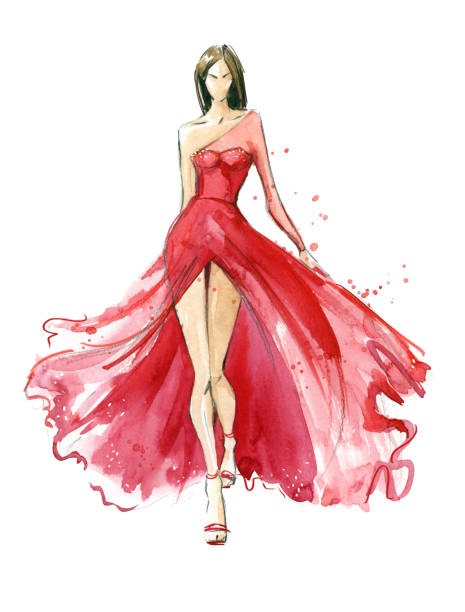Fashion designing is a highly creative and competitive field that requires a combination of artistic skills and technical knowledge. Aspiring designers who want to pursue a career in fashion need to acquire the proper education and training. In this article, we will explore the top 6 fashion designing courses that can help aspiring designers kickstart their journey in the fashion industry.

Bachelor of Fashion Design
Bachelor of Fashion Design Curriculum highlights
- Introduction to fashion design principles and techniques
- Fashion illustration and sketching
- Garment construction and pattern-making
- Textile science and fabric selection
- Fashion marketing and merchandising
- Fashion show production and event management
Diploma in Fashion Design
Diploma in Fashion Design Curriculum highlights
- Fundamentals of fashion design
- Fashion illustration and sketching
- Pattern-making and garment construction
- Textile and fabric knowledge
- Fashion styling and image consulting
- Fashion business and entrepreneurship
Certificate in Fashion Styling
Certificate in Fashion Styling Curriculum highlights
- Introduction to fashion styling principles and techniques
- Understanding body types and proportions
- Color theory and coordination
- Wardrobe planning and personal shopping
- Fashion photography and editorial styling
- Fashion trends and forecasting
Master of Fashion Design
Master of Fashion Design Curriculum highlights
- Advanced fashion design techniques and experimentation
- Fashion research and concept development
- Sustainable fashion practices
- Fashion branding and marketing strategies
- Fashion business management
- Fashion portfolio development
Short-term Fashion Design Workshops
Workshop highlights
- Specialized workshops on specific fashion design techniques (e.g., draping, embroidery, surface ornamentation)
- Guest lectures by industry professionals
- Hands-on experience with industry-standard tools and equipment
- Networking opportunities with fellow designers and industry experts
- Certificate of completion
Online Fashion Design Courses
Course highlights
- Flexibility to learn at your own pace and schedule
- Access to online learning materials and resources
- Interactive assignments and projects
- Virtual mentorship and feedback from industry professionals
- Online forums and communities for networking and collaboration
Conclusion
Choosing the right fashion design course is crucial for aspiring designers to gain the necessary skills and knowledge to succeed in the industry. Whether it’s a bachelor’s degree, diploma, certificate, workshop, or online course, each option offers unique benefits and opportunities for growth. By investing in the proper education and training, aspiring designers can pave their way towards a successful career in fashion.
When selecting a fashion design course, it’s important to consider your personal interests, budget, and educational needs. Additionally, it can be beneficial to research schools and courses to ensure that you’re gaining the highest quality education possible. With the right fashion design course, you can unlock your creative potential and make your dreams of becoming a successful designer come true.






What are the top 6 fashion designing courses for aspiring designers?
1. Fashion Design Degree Programs
2. Online Fashion Design Courses
3. Short-term Fashion Design Workshops
4. Fashion Design Certifications
5. Fashion Design Specializations
6. Fashion Design Summer Intensive Programs
How long do these courses typically last?
The duration varies based on the type of course. Fashion design degree programs can span from 2 to 4 years. Online courses might range from a few weeks to a few months. Short-term workshops can be anywhere from a few days to a few weeks.
What career opportunities will these courses open up for me?
Completing fashion designing courses can lead to various career opportunities, such as becoming a fashion designer, fashion illustrator, pattern maker, fashion stylist, textile designer, fashion merchandiser, fashion buyer, or even starting your own fashion label.
